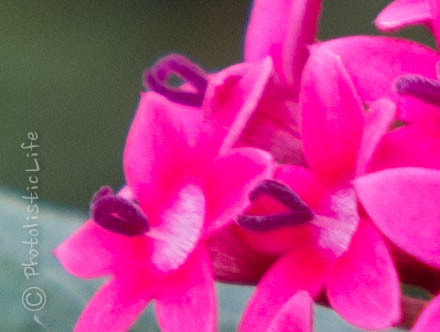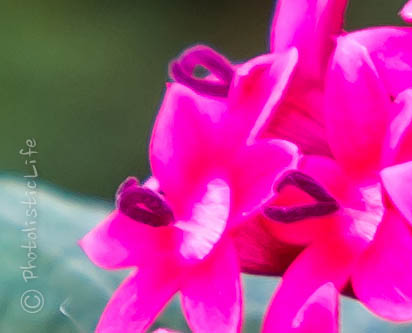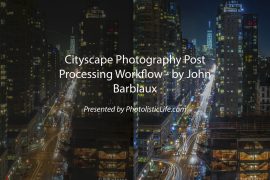You Be The Judge
I keep reading that a budding photographers biggest mistake is over processing a photo. What is over processed? What does it look like? Is there a rule of thumb and how do you measure it? Is this photo over processed or under processed? You guys be the judge and let’s see what the majority thinks is over or under processed.
Before Editing:


After:


Well, Which is it? Over or under processed? Comment below!




I’m aware that the photo is not very sharp, shooting at high ISO and moving quickly through the Phipps Conservatory forced me to shoot from the hip (literally).
You crack me up, John. Your photos are so subtly edited it is difficult to tell. They are great to begin with and then just become ever so slightly enhanced with the editing. I could show you overprocessed!! haha
I would say that this is slightly over processed.
I would say that it is over processed – when it starts to show that slight neon glow.
Whilst it’s possible to photograph vivid flowers they are difficult to display because they often contain colors which are way out of gamut for sRGB. It looks to me like your flowers are already out of gamut in the original and the loss of detail is due to the red channel being clipped. Upping the contrast/satuaration only makes matters worse – you’re moving in the wrong direction! If you have the tools you could try converting the raw file to ProPhoto or Adobe RGB and processing in that color space. It would give you a lot more control as to how the out of gamut colors are mapped to sRGB and enable you to recover some of the detail. Of course, it depends what you are trying to achieve – you have the choice of detail or blobs of vivid color.
Agreed Phil, actually lowering the saturation brought back a good bit of detail while increasing masking (while sharpening) eliminated most of the noise that was present around the flower. It’s interesting to note that post processing isn’t always about getting more vivid color but in this case it was actually backing off the color a bit that would have worked best. Thanks for your input.